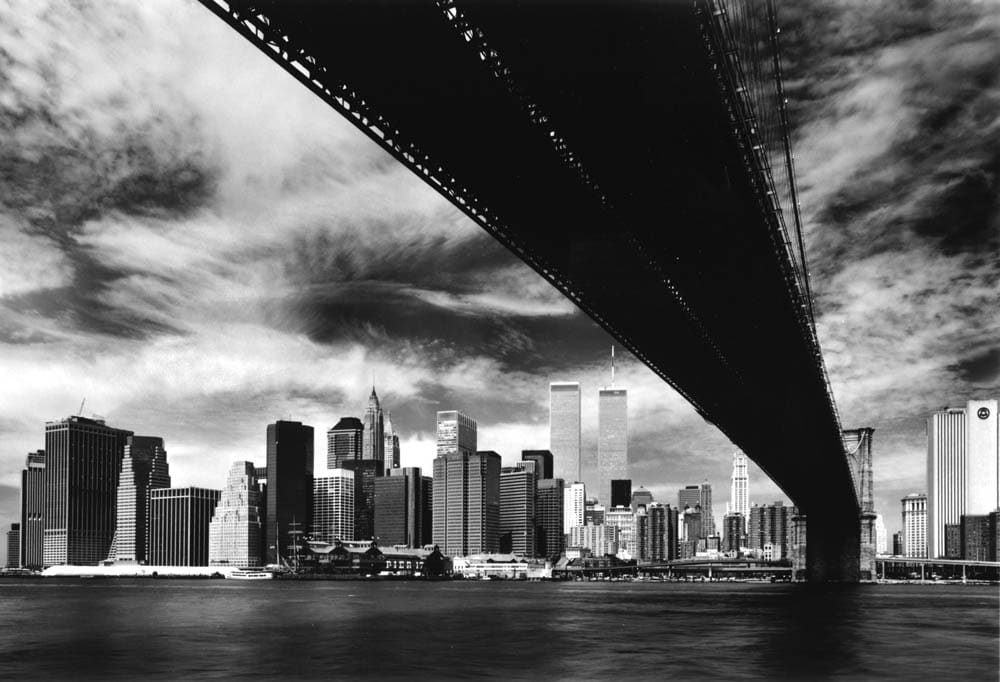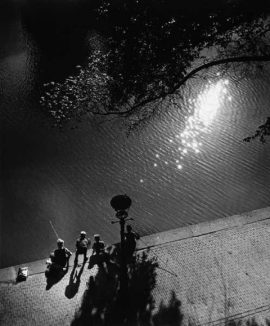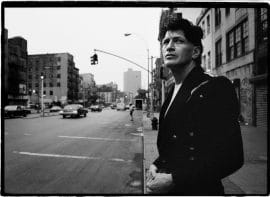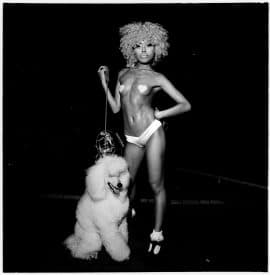Artist: Teun Voeten
Teun Voeten (1961, Boxtel, Netherlands) started in 1987 a study cultural anthropology and philosophy at Leiden University, Netherlands. While studying, he grew interested in photography and learned the profession by working as a photo-assistant, both in Holland and in New York, where he studied at the School of Visual Arts.
In New York, he also picked up his first assignments for magazines combining writing and photojournalism on subjects such as the Provo movement in the Netherlands, the elections in Nicaragua and the race riots in Bensonhurst, Brooklyn.
After carrying out extensive fieldwork in a gold digger community in the Ecuadorian Andes, Voeten finished his study in 1991 and moved to Brussels, Belgium. Over the years to follow, Voeten covered the conflicts in the former Yugoslavia, Haiti and Rwanda for Dutch, Belgian, German and American publications.
In 1994, he took a break from war reporting and picked up his anthropological roots by studying a homeless community that was living in an old rail road tunnel in Manhattan. For five months, Voeten lived, worked and slept among the tunnel people. This resulted in his first book ‘Tunnelmensen’ published in 1996 at the Amsterdam based publishing house Atlas. It was broadly praised by the press, ‘a supreme example of participant observation,’ one Dutch monthly wrote. ‘Tunnel People’ appeared September 2010 in a translated and updated version at PM Press, Oakland.
Between 1996 and 1998, Voeten developed a taste for the so called “forgotten wars” and went out to document the ongoing crises in Colombia, Afghanistan, Sudan and Sierra Leone. Work from these trips was published in his photo book ‘A Ticket To’, published in 1999 by Veenman Publishers.
In 1998, Voeten went to Sierra Leone to work on a project on child soldiers. His first trip ended nearly in disaster went he was hunted down by rebels intent on killing him, but eventually resulted in the headline “How de Body? Hope and Horror in Sierra Leone” which was published by Meulenhoff, in 2000. The English translation appeared at St. Martins Press, New York, 2002.
In 2000 and the years to come, Voeten was working on the human rights violations in Colombia, the so called conflict diamonds in Angola, Congo and Sierra Leone, the ongoing war in Afghanistan and women trafficking and forced prostitution on the Balkan.
In 2003, he went to Baghdad to follow up on the American led invasion/liberation, to return there 6 months later as an embed with the US forces. Over the last few years, Voeten also followed the American Coalition forces in Afghanistan. More recently, he focused his camera on the Gaza strip, the DR Congo and North Korea (design and architecture) as well as Chad (Darfur crisis), Iran (daily life) , China (pollution) and more recently, in 2012, the Arab Spring in Egypt en Libya.In 2009, Voeten started to focus on the drug violence in Mexico and made numerous trips to the flashpoints of the drug war, Ciudad Juarez, Culiacan and Michoacan. He also turned into new roads, making a video documentary about growing up in the most dangerous city in the world (Ciudad Juarez), as well as organizing a war photography exhibition, “10 years after 9/11” as a guest curator for GEMAK, a dependance from the Den Haag Fotomuseum in the Netherlands.
His photos from the drug violence can be seen in the upcoming photobook ‘Narco Violence’ which will be published by Lannoo late 2012. Intrigued by the extreme violence in Mexico and trying to put 22 years of experience into academic perspective, Voeten will start a PhD in anthropology on the Mexican drug violence subject. He has one son and divides his time between New York and Brussels.








There are no reviews yet.